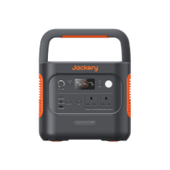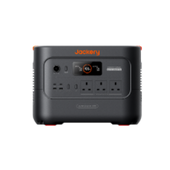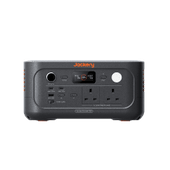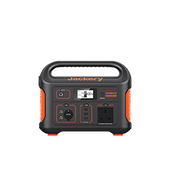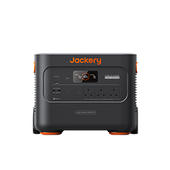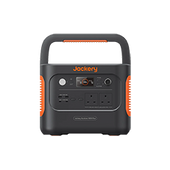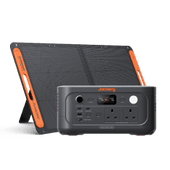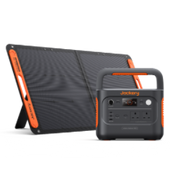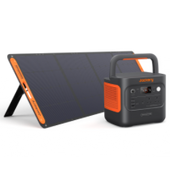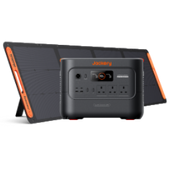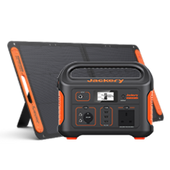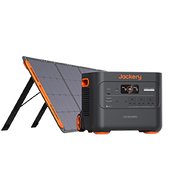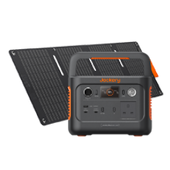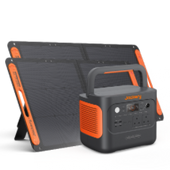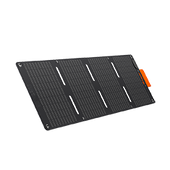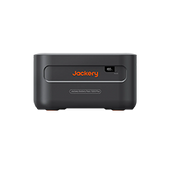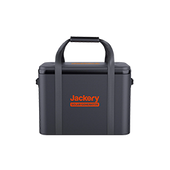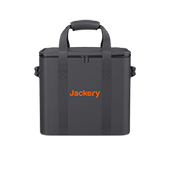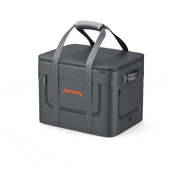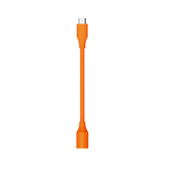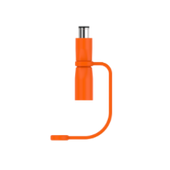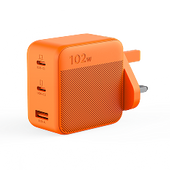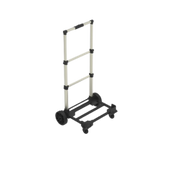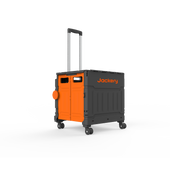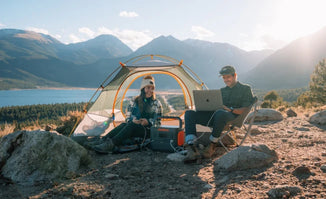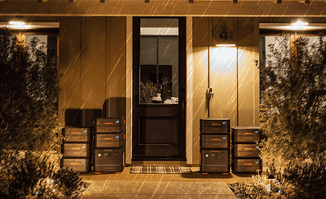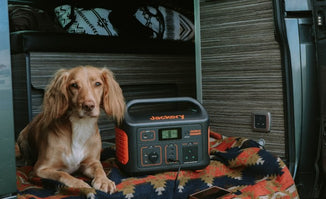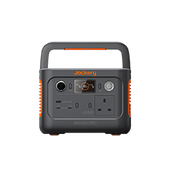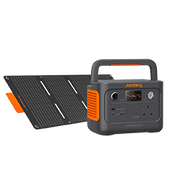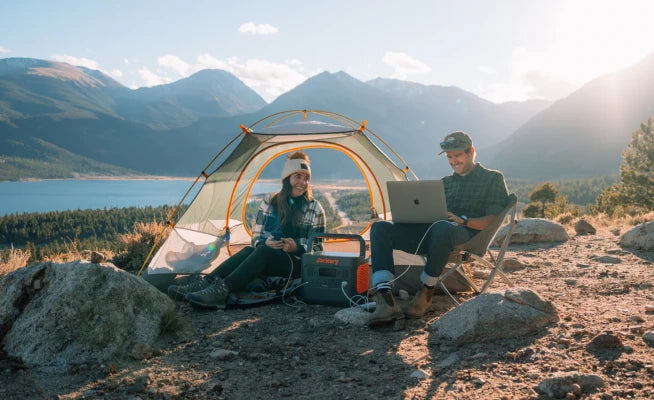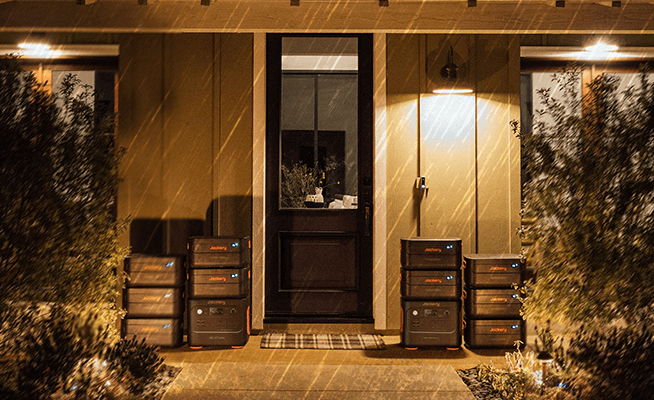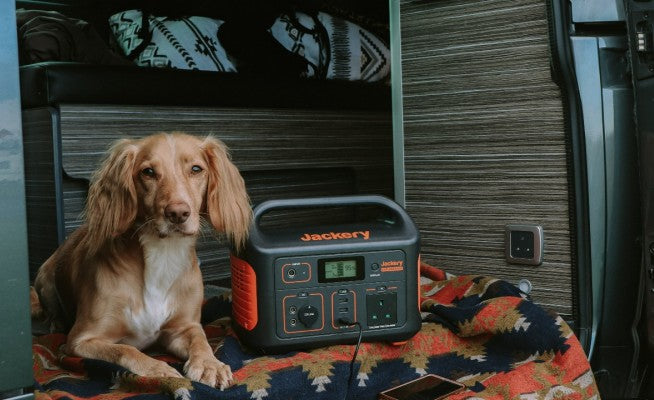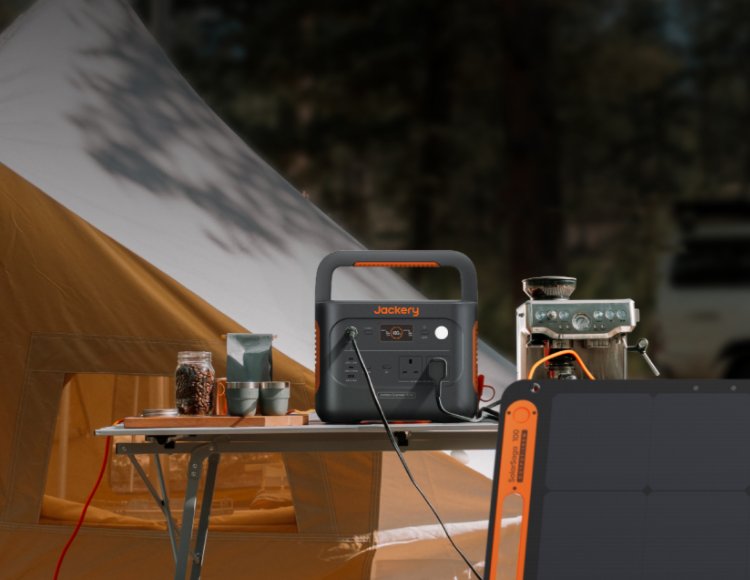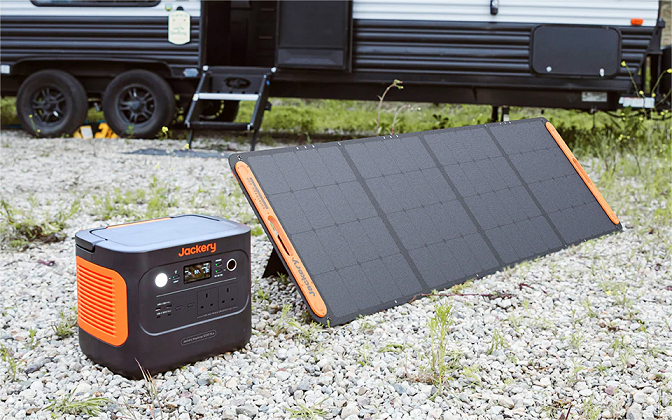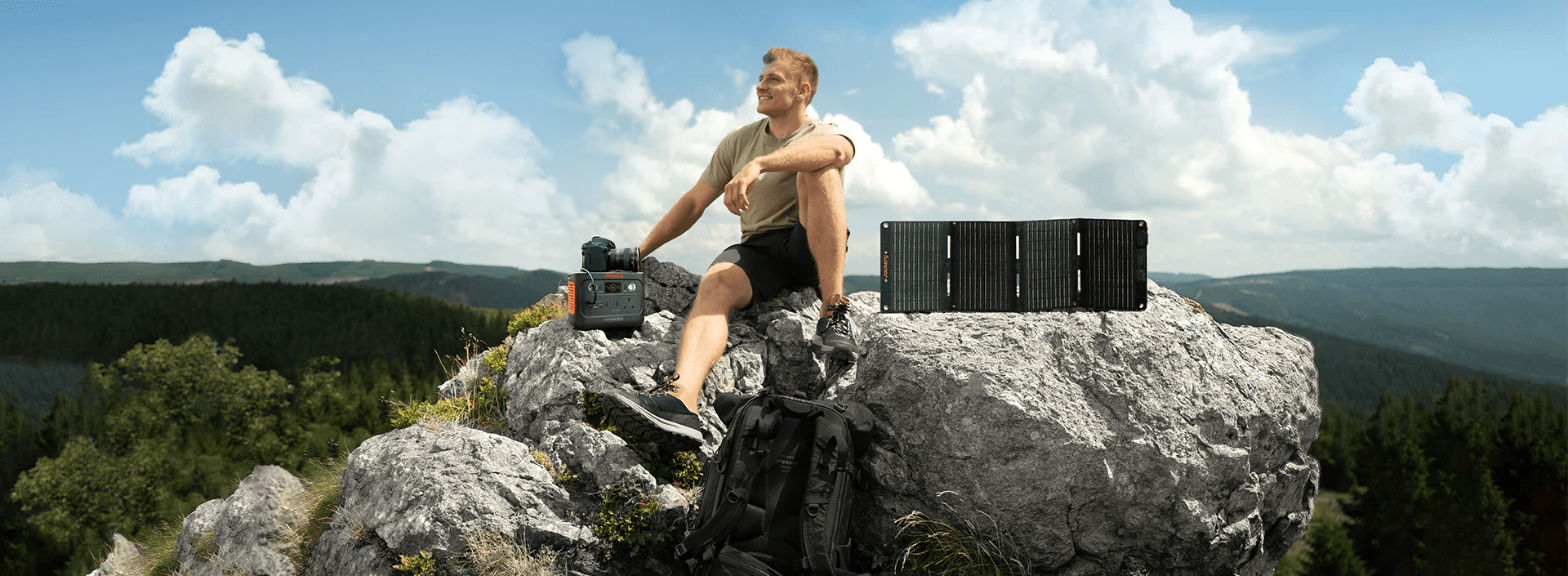Moving can be stressful, but a clear and comprehensive moving home checklist can help you deal with the hassles of moving day. A detailed moving home checklist usually covers all the essential things you need to do during the move, from confirming the moving date and supervising the process to purchasing home insurance and planning some moving tasks a few weeks or even 1-2 months before the move is recommended.
This article's moving home checklist includes things to do before, after, and on the day of the move. It also contains some tips for driving in winter and summer.
|
Key Takeaways: |
|
- A detailed moving home checklist can help organise the moving process and allow users to track the progress. - The pre-moving matters that should be listed in the moving home checklist include confirming the moving date, organising and packing items, and completing administrative procedures and notifications. - The moving home checklist should include a to-do list on the moving day, including confirming the moving company's arrangements, taking protective measures, supervising the moving process, and completing the finishing work before leaving the old house. - The post-moving to-do list in the moving home checklist includes checking the house's condition, cleaning, organising and storing items, and purchasing home insurance. - We recommend the Jackery Explorer 1000 v2 or 2000 v2 portable power station to power your appliances no matter before or after moving home. |
Why Do You Need a Moving Home Checklist?
Moving involves multiple aspects, such as item organisation, time coordination, and budget planning. A detailed moving home checklist helps to sort out the process and is also a key tool for achieving efficient relocation. Here are the reasons why a moving home checklist is indispensable:
Precise Time Control
Making a moving plan lets you stay organised and calm before the move. For example, users can allocate time nodes for each stage by listing tasks such as packing, cleaning, and notifying relevant parties in advance.
Budget Control
A moving home checklist can help you monitor expenses. For example, by counting the number of items, users can accurately assess the moving needs, including whether a large truck is needed, which items need professional protective packaging, and which items can be discarded to reduce shipping costs.
Tracking Progress
As a to-do list, a moving home checklist helps users track the move's progress. After completing each task, checking off can intuitively reflect the progress and find omissions in time. For example, the checklist is a unified guide for the division of labour and collaboration, especially when multiple people move together.
Avoid Overlooking Details
If you don't list the various items of the move in a checklist, it's easy to overlook some important things. Users can check each item on the moving home checklist, including closing water, electricity, gas accounts, moving broadband, placing pets, and other trivial matters, to avoid affecting their life in the new home due to forgetting important documents or damaging items.
Download Moving Home Checklist PDF >>
Moving Home Checklist: Things To Do Before Moving
A detailed moving home checklist will help you complete the tasks before moving in an orderly manner and avoid missing essential items. The following are the things that should be listed in the moving home checklist before moving (for reference only):

Determine the Moving Date (1-2 Months Before Moving)
The first step in the moving home checklist should be to determine the moving date. Before confirming the moving date, you should verify the move-in time of the new home, which usually requires formal confirmation from the title transfer agent and the seller. If you rent a house, you must negotiate the exact date of moving out with the landlord. In addition, you should avoid moving during peak seasons such as summer vacation and weekends to reduce moving costs.
Estimate the moving costs (including moving companies, packing materials, cleaning fees, etc.), compare moving companies and their quotes, and make appointments in advance.
Arrange and Pack Items (2-4 Weeks Before Moving)
The pre-moving sorting and streamlining stage is the best time to sort out old items and decide what is worth keeping and what is not. Reducing the number of items you move to your new home will save you time, energy, and money. For example, expired medicines, old clothes, unused appliances, or duplicate tools can be discarded, donated to local charity shops, or sold through second-hand platforms (such as eBay, Gumtree, or Facebook Marketplace).
Purchase packing materials according to the items that need to be packed, including cartons, bubble wrap, tape, markers, dust bags, etc. It is easiest to label boxes and pack items by room or category (such as "kitchen dishes" and "master bedroom winter clothes").
Priority Packing: First, pack infrequently used items such as off-season clothes, books, and decorations.
Valuable Items: Carry documents, jewellery, and electronic products with you.
Fragile Items: wrap fragile items such as dishes separately with bubble wrap and place them in a box filled with old newspapers.
Essentials Bag: pack an essentials bag that includes 2-3 days of daily necessities (clothing, medicine, chargers, toiletries).
Administrative Procedures and Notifications (1-2 Weeks Before Moving)
If you are moving, you need to notify a series of agencies or companies 1-2 weeks in advance to complete services such as updating your address, cancelling bills or closing accounts for you. Here are some of the organisations or companies you should contact for your move (for reference only)
|
Organisation or Service |
Update Content |
|
Electricity, gas and water suppliers |
To transfer services or settle accounts |
|
TV licences and broadband suppliers |
To transfer services or settle accounts |
|
Car rental authorities |
To update your driver's licence and vehicle registration address |
|
Local councils |
To update council tax information and the electoral roll |
|
Employers and pension providers |
To update address and other information |
|
Banks, lenders and building societies |
To update address and other information |
|
Home Insurance |
To switch or suspend services |
In addition to the above, you will also need to provide your new address to the following services or people:
Family and friends
Subscription services (such as newspapers, milk deliveries, etc.)
Online shopping addresses (default delivery addresses for platforms such as Amazon)
Online retailers and grocery delivery services
Doctors and dentists
Confirm Details (3 Days Before Moving)
Check the time, cost and insurance details with the moving company three days before moving. Then, book a check-out cleaning of the old house and a deep cleaning of the new house, paying special attention to the kitchen and bathroom. Alternatively, you can choose to clean the old and new houses yourself. In addition, it is essential to empty the fridge and consume perishable food. Eating as much of it as possible before moving is best to avoid waste.
Finally, confirm how to return the old house keys and collect the new ones.
Moving Home Checklist: Things To Do on Moving Day
You have successfully handled most of the complicated things before moving day. However, moving day is still not easy. In addition to packing furniture and boxes, you still need to consider some things before leaving your old home. Here is a list of moving day to-dos included in the moving home checklist (for reference only):

Confirm the Moving Company's Arrangements
Please confirm the weather conditions on a moving day. If there is e xtreme weather, such as heavy rain, please adjust the moving time. Confirm the arrival time, vehicle size, and fee details with the moving company again. If necessary, apply for temporary parking permits for the moving vehicles in advance.
Take Protective Measures
Moving usually involves moving large furniture and appliances, so take protective measures for the house. Lay old carpets or cardboard on the floor to avoid scratches during handling. Wrap door frames and stair railings with foam or blankets to prevent damage.
Supervise the Moving Process
Please designate someone (such as yourself or a family member) to supervise the moving process. Check that all items are loaded according to the list to avoid omissions. Take photos to record the vehicle's status before and after loading to avoid disputes.
At least one person should also be left at the original residence to check for omissions and complete the finishing work, such as locking the door and handing over the keys. In addition, a special person should be arranged to go to the new home in advance to test whether the door locks are standard and guide the placement of items.
Finishing Work Before Leaving the Old House
Please recheck each room to ensure there are no missing items in drawers, wardrobes, attics, gardens, etc. In addition, make sure you have turned off the main water, electricity, and gas valves and completed the final meter reading (take photos to keep). If you have not made an appointment for professional cleaning, please clean the house yourself and lock the doors and windows. Don't forget to take pictures of the status of the home you are moving out of to avoid check-out disputes.
Finally, please hand over the keys to the old house to the landlord or agent or leave them at the designated location as the contract requires.
Moving Home Checklist: Things To Do After Moving
Even if you have already moved into your new home, there are still a series of important things to do to ensure a smooth transition to your new home. The following is a list of things to do after moving included in the moving home checklist (for reference only):

Check Your Belongings
After arriving at your new home, prioritise essential documents such as your passport, rental agreement, and bank statements. Then, ensure all your belongings have been delivered and check each box to see if they are intact, especially valuable items such as electronic products and jewellery. If there is any damage, take photos for evidence within 24 hours and contact the moving or insurance company in time. Please confirm whether you have insured the items you are moving.
Check the Condition of the House
You must ensure you have received the keys to all doors, mailboxes, and garages. If necessary, ask the landlord or agent for electrical appliance manuals, boiler instructions, etc.
Check whether the door and window locks are standard and test whether all switches, sockets, toilets, and faucets are available. Then, find the location of water, electricity, gas switches, heating, alarms, mailboxes, etc.
Transfer or Activate Services
Contact standard British suppliers such as British Gas, EDF or SSE immediately to open or transfer Utilities accounts. Alternatively, compare energy prices and consider switching to a cheaper supplier. Before you use water and electricity, record the initial electricity and gas meter readings to avoid paying for other people's usage.
Once you register with a supplier, your account details and first bill will be sent to you by post within four to six weeks of moving. If you don't have access to power for the time being, consider using a solar-powered Jackery Portable Power Station (Explorer 1000 v2 / 2000 v2).

Cleaning
You can usually book a professional cleaning service to clean your new home. If you choose to clean it yourself, you must clean the kitchen and bathroom first. Be sure to dispose of packaging materials separately, and contact the council to recycle large items.
Organise and Store Items
Plan storage spaces according to living habits, such as the entrance, kitchen, and bedroom. Then, in batches, according to areas, unpack and organise toiletries, bedding, clothes, kitchen utensils, etc. Let's start with the kitchen and organise it room by room. After completing the organisation, you can purchase light bulbs, trash cans, curtains, etc.
Buy Insurance
Once you've settled in, purchase home insurance to protect your new home from unexpected events. Compare home insurance policies to find the right level of coverage for your property and its contents. For example, Buildings Insurance covers the home's structure, while Contents Insurance covers movable property such as furniture and appliances. Combined policies include Buildings Insurance and Contents Insurance and are usually more cost-effective.
Explore Your New Neighborhood
In addition to adjusting to your new home, why not get to know your new environment? Visit neighbours briefly to learn about community rules such as parking, noise, and garbage disposal. Then, familiarise yourself with nearby supermarkets, pharmacies, and public transportation routes.
Tips for Moving in Winter and Summer
Moving to the UK in winter and summer presents different challenges and considerations. Here are some moving tips for both seasons to help you complete your move more smoothly:

Winter Moving Tips
If you are moving in winter, consider the following to ensure a smooth and safe move.
Tip 1: Check the Weather Forecast in Advance
The weather in the UK is changeable in winter, and you may encounter rain, snow, hail or strong winds. Check the weather forecast for the day of your move in advance and avoid moving in extreme weather.
Tip 2: Keep Warm
When moving, you may need to go in and out frequently. Wear warm clothing (such as gloves, hats, and scarves) to prevent colds and prepare hot drinks.
Tip 3: Protect Items from Moisture
When moving in winter, please use waterproof packaging materials such as plastic film and waterproof cloth to wrap furniture and cartons, especially electronic equipment, books and items easily affected by moisture.
Tip 4: Ensure Vehicle Safety
If you rent a moving vehicle, check the tyres, antifreeze, and wipers to ensure they are suitable for winter driving. In case of ice and snow, please prepare anti-skid chains.
Summer Moving Tips
If you are moving in the hot summer, consider the following to ensure it is completed smoothly and safely.
Tip 1: Avoid High-Temperature Periods
In the summer, the temperature is high at noon, which can lead to heat stroke or fatigue. Try to move in the early morning or evening and avoid the hottest time (11:00-15:00).
Tip 2: Sun Protection Measures
During the moving process, please apply sunscreen, wear a hat and sunglasses, and avoid prolonged exposure to the sun. Use an awning or park the vehicle in a cool place.
Tip 3: Prevent Items from Overheating
Electronic products, candles, cosmetics, and other items are not resistant to high temperatures. Please do not leave them in a closed compartment for long to avoid damage.
Tip 4: Sufficient Water
Prepare enough drinking water and sports drinks to prevent dehydration and heat stroke.
Tip 5: Ventilation and Mildew Prevention
The humidity in the UK is high in summer. Open the windows and ventilate after moving to prevent furniture or cartons from getting damp and mouldy.
Jackery Portable Power Stations Explained
Access to reliable power outlets can often be limited or temporarily unavailable during moving. Your Jackery Portable Power Station can power essential lighting, allowing you to see and work safely, especially in dimly lit areas or at night.
When you first arrive at your new home, it might take time to get everything connected. The Jackery can power crucial devices like your phone chargers, allowing you to stay connected, and even a small fan or heater for comfort before the principal utilities are fully functional.
Staying in contact during a move is vital. Your Jackery ensures your phones and laptops remain charged, allowing you to coordinate with movers, family, and utility companies. This is especially helpful if you experience delays or unexpected issues. Here, we recommend the Jackery Explorer 1000 v2 or 2000 v2 portable power station to help you move home.
Jackery Explorer 1000 v2
The Jackery Explorer 1000 v2 is a portable power station with a 1070Wh capacity and a 1500W AC output (3000W peak). These features make it a valuable asset when moving home. When disconnecting and reconnecting appliances or working in areas without immediate outlet access, the Explorer 1000 v2 can power essential lighting to ensure safety and visibility.

Upon arriving at your new place, you might need to power phone chargers, laptops for communication, or even a small fan or heater for comfort before all utilities are online. The Jackery provides this temporary but crucial power.
Staying connected with movers, family, and utility companies is essential. The Jackery ensures your devices remain charged, especially during transit or when you don't have immediate access to wall outlets. If you're driving a long distance, it can keep your GPS devices powered, ensuring you reach your new home safely.
You can run a box fan on a hot moving day, a small electric kettle for a quick drink, or even a portable speaker to help ease the moving stress with some music. The Jackery can provide a vital backup power source for individuals relying on portable medical devices during the move.
|
Jackery Explorer 1000 v2 Running Time |
|
|
Phone (29W) |
40 Times |
|
Laptop (80W) |
9 Times |
|
Electric Kettle (600W) |
1.4H |
|
CPAP Machine (100W) |
7.6H |
|
Refrigerator (300W) |
2.8H |
(*The working hours are only for reference; the actual working hours depend on your usage.)
Jackery Explorer 2000 v2
The Jackery Explorer 2000 v2, with its even larger 2042.8Wh capacity and powerful 2200W AC output (4400W peak), takes the helpfulness of a portable power station during a home move to the next level. Its higher capacity allows for longer use of essential lighting, making packing and unpacking in poorly lit areas much safer and more efficient. You can even power larger work lights if needed.

The Explorer 2000 v2 can power crucial devices like phone and laptop chargers for extended periods. Its higher output means you can even run a small portable air conditioner or heater for a significant time while waiting for utilities to be fully established, greatly enhancing comfort.
You can charge multiple phones, laptops, tablets, and other communication devices simultaneously and for longer, ensuring constant connectivity with movers, family, and service providers. This feature also keeps navigation devices running throughout long journeys to your new home.
Its 2200W output allows you to run a broader range of appliances longer. These could include a small microwave for quick meals, a coffee maker for much-needed caffeine, a larger portable fan, or a small induction cooktop for basic cooking before your kitchen is fully set up. It can also support a broader range of portable medical devices with slightly higher power requirements.
The higher output means you can power more demanding tools, such as circular saws or a small vacuum cleaner, for initial clean-up before your main appliances are connected. This can significantly speed up the initial setup process.
|
Jackery Explorer 2000 v2 Running Time |
|
|
Phone (29W) |
80 Times |
|
Laptop (80W) |
19 Times |
|
Electric Kettle (800W) |
10 Times |
|
Light (5W) |
155H |
|
Refrigerator (15-520W) |
3.2-72H |
(*The working hours are only for reference; the actual working hours depend on your usage.)
FAQs about Moving Home Checklist
The following are the frequently asked questions about the moving home checklist.
1. What do I need to do when I move into a new house?
When you move into a new house, you usually need to do the following:
Thoroughly check the whole house
Clean and tidy up the entire house
Read the water, gas and electricity meters
Arrange all your belongings
Contact your energy supplier
Purchase home insurance
2. What to do 2 days before moving?
Here are the things you need to do 2 days before moving, just for reference:
Empty, defrost and dry the refrigerator/freezer.
Check the kitchen cupboards and throw away anything that is out of date.
Pack up valuables and documents and put them in a safe place.
Confirm the moving time and details with the moving company if necessary.
3. What do you legally have to change when you move house?
When you move house in the UK, you need to update your address, cancel bills or close accounts by law:
Energy, water and internet account changes
Update your driving licence details (DVLA)
Council tax details (local council)
Addressing your new address on the electoral roll
Update your bank, lender and building society address details
4. Who should be informed when moving house checklist UK?
In the UK, you need to inform a range of organisations, companies and people when you move:
Energy, water and internet providers
DVLA
Local councils
Employers and pension providers
Banks, lenders and building societies
Family and friends
Online subscription services
Online retailers and grocery delivery services
Doctors and dentists
Final Thoughts
A detailed moving home checklist can help you accurately control time and budget, track the move's progress, and avoid overlooking some essential things. Making a moving home checklist in advance lets you stay organised and keep a cool head throughout the move. If you are moving in winter, be prepared for extreme weather. If you are moving in summer, you need to avoid high-temperature periods and take some sun protection measures.





